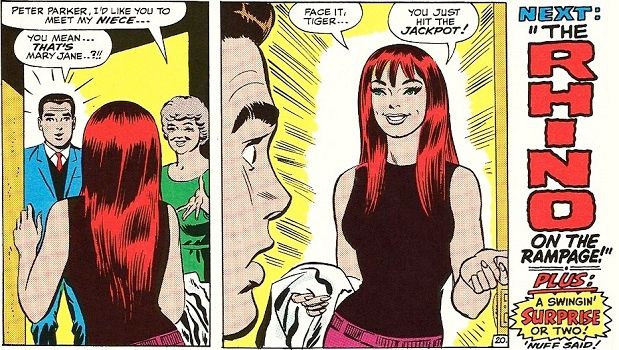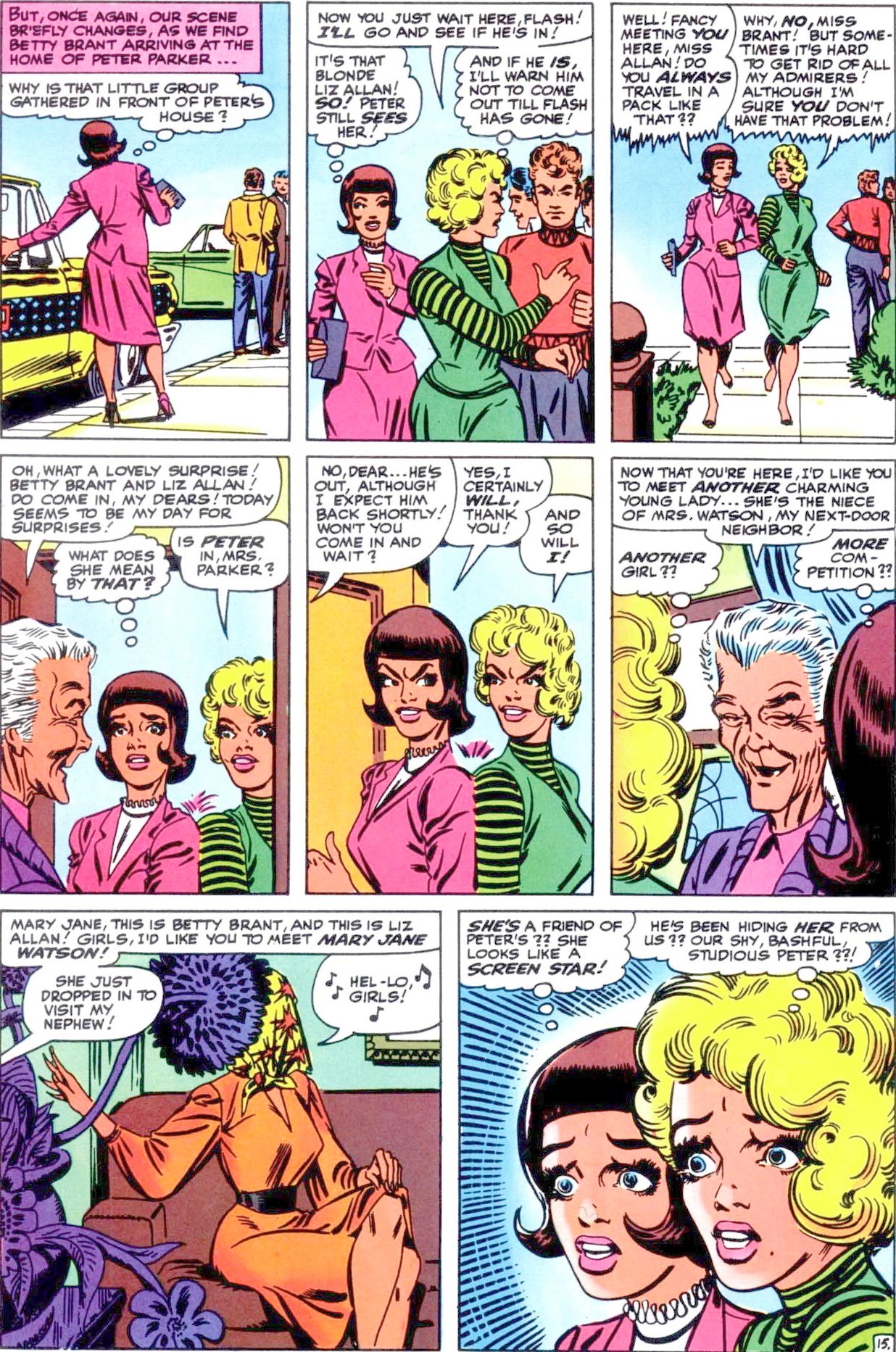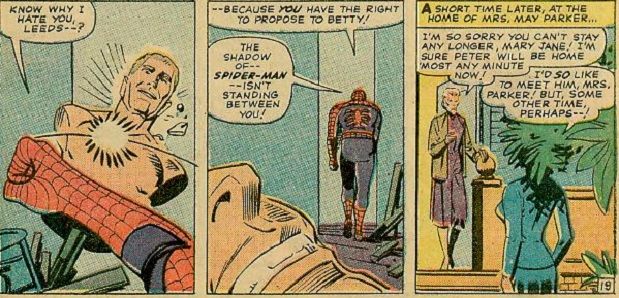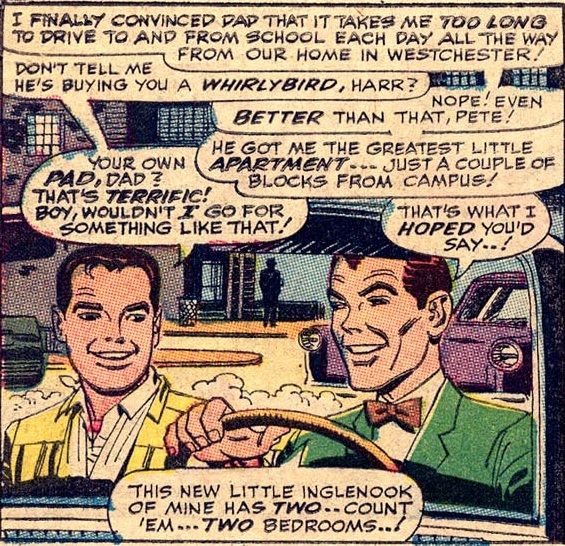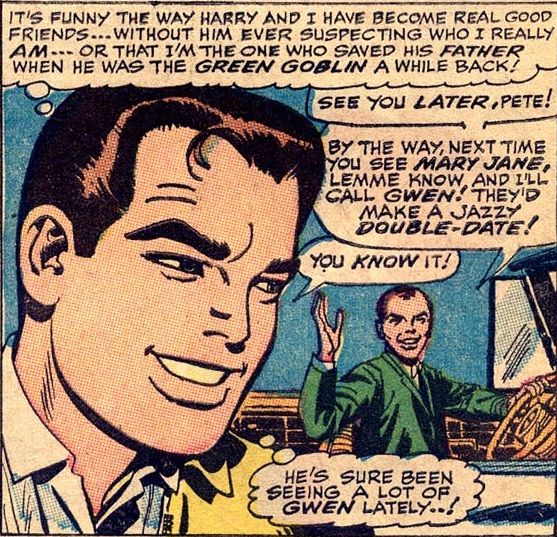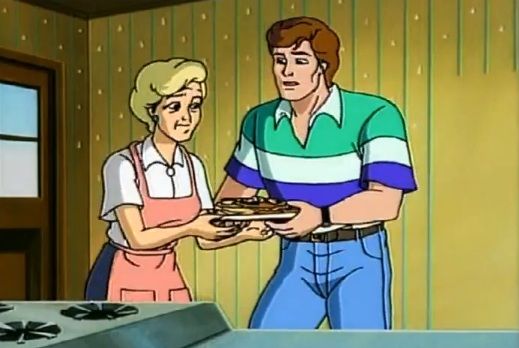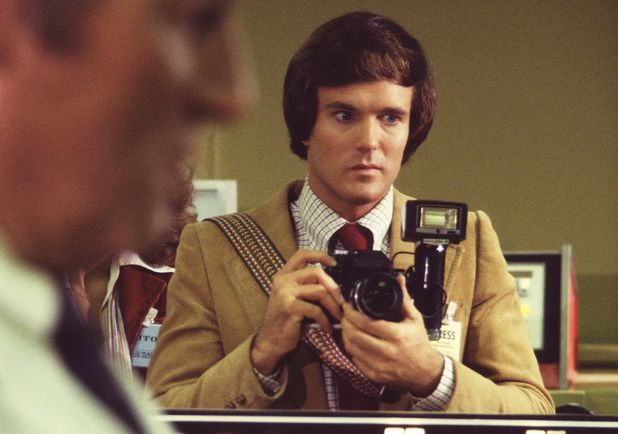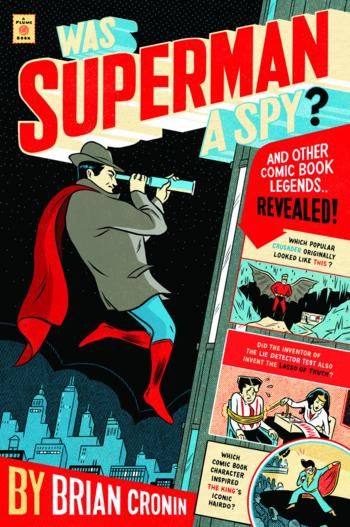Welcome to the five hundred and sixty-ninth in a series of examinations of comic book legends and whether they are true or false. Click here for an archive of the first five hundred (I actually haven't been able to update it in a while). This week, was Mary Jane Watson almost UGLY? Was Peter Parker from the 1990s Spider-Man animated series based on Nicholas Hammond from the 1970s Spider-Man TV series? And how did the "Marvel Method" lead to Marvel having multi-part stories?
Let's begin!
NOTE: The column is on three pages, a page for each legend. There's a little "next" button on the top of the page and the bottom of the page to take you to the next page (and you can navigate between each page by just clicking on the little 1, 2 and 3 on the top and the bottom, as well).
COMIC LEGEND: Mary Jane Watson was nearly ugly because Stan Lee forgot that she was supposed to be beautiful.
STATUS: True
I'm doing this feature where I look at Mary Jane Watson's appearances in Spider-Man comics in chronological order. I've only just started, but even in these early issues, there is a funny piece of comic book history that is built around Stan Lee's notoriously forgetful nature.
I've explored this in past Comic Book Legends Revealed, like the funny story about how Bruce Banner gained the first name "Robert," as a result of Lee forgetting that Banner's first name was Bruce when he used him in Fantastic Four.
Well, after the concept of Aunt May's friend having a niece that May would look to set up with Peter was introduced, Peter kept avoiding her, but we SORT of met her in Amazing Spider-Man #25, but all we knew is that she was gorgeous...
But then that was it, until she made a brief cameo in Steve Ditko's final issue of Amazing, with her face still obscured.
So that's THIRTEEN issues. That's a long time for Stan Lee to remember, with his bad memory and all. And look at her appearance in #38. Notice anything? We DON'T see anything mentioned about her looks, just that we can't see her.
Clearly, then, Lee had forgotten by this point that they had already established in #25 that she was gorgeous, because when it came time for Lee and new Spider-Man artist John Romita to finally introduce her in Amazing Spider-Man #42, Lee asked Romita how she should look, should she be beautiful or should she be ugly? Romita wasn't sure. Eventually they settled on beautiful (Romita once recalled that his son, John Jr., suggested that she be beautiful because Peter always had such bad luck).
In Tom DeFalco's seminal interview book, Comic Creators on Spider-Man, Romita recalled:
When we started to plot her first appearance in Amazing #42, Stan wasn’t sure if she should be beautiful or hideous. I was recently looking through the volume of Essential Spider-Man that reprinted some of Ditko’s issues and they referred to Mary Jane as beautiful. Stan has a terrible memory and obviously forgot
(check out Romita's inspiration for Mary Jane's body here).
Thanks to Johm Romita and Tom DeFalco for the great quote. Thanks to Sue L. Hamilton's book about John Romita, Sr. for the John Romita Jr. impact on Mary Jane's looks.
Check out some entertainment and sports legends from Legends Revealed:
Was Superman Nearly in the 2011 Green Lantern Film?
Did Jimmy Page Play Lead Guitar on the Kinks' “You Really Got Me?”
COMIC LEGEND: Peter Parker in Spider-Man: The Animated Series was based on Nicholas Hammond from the 1970s live action Spider-Man TV series.
STATUS: False
The 1990s Spider-Man Animated Series was famously very much in tune with the feel of the Spider-Man comic books (especially the comics of that era), but a curious difference was Peter Parker's appearance.
Instead of the traditional look for Peter made famous by John Romita Sr....
Here is what he looked like...
This has led to rumors over the years that it was because Peter Parker was based, visually, on Nicholas Hammond, who played Spider-Man/Peter Parker in a short-lived late 1970s TV series (find out how Nicholas Hammond's Spider-Man did in our DC/Marvel TV Superheros Tournament, now in the Final Four!)
However, according to the head of the series, John Semper, that was not the case. Here, Semper explains to Jay Jayson at comicbook.com how Stan Lee was the reason for Peter's new look:
He was based on detailed instructions given by Stan Lee to Producer Bob Richardson, who then drew the design himself. Stan wanted to "update" the look of Peter Parker. When we first started working on the series, Peter looked like Romita's version of Peter. But, one day, Stan woke up on the wrong side of the bed and decided he wanted a new look, and so this was what was created. Nobody was more surprised by the change than I was. Any resemblance to Nicholas Hammond is purely coincidental.
Thanks, John and Jay! Boy, John Semper sure is helpful with stuff like this. In the past, he's explained a lot of interesting things about the 1990s Spider-Man animated series, like how the Sinister Six couldn't be called that because the word "Sinister" was too harsh (seriously?!) or how an X-Men crossover had to be mostly scrapped because the show couldn't afford to fly the voice actors out to record their lines or how they got stuck with Hobgoblin instead of using the Green Goblin first.
Check out my latest Movie Legends Revealed at Spinoff Online: Which original Star Trek cast member actually came up with the first Klingon language?
COMIC LEGEND: The Marvel method of writing comic books resulted in Marvel doing multiple issue storylines.
STATUS: True
The serialized nature of comic books has been something that has gone through a fascinating (well, to me, at least) evolution over the years. When original comic book features first came into vogue in the late 1930s, they were very much in the vein of comic strips, which were noticeably serialized. In other words, the Monday Little Orphan Annie would lead into the Tuesday Little Orphan Annie, which would lead into the Wednesday Little Orphan Annie and so on and so forth. So when Superman began to appear in Action Comics and Batman in Detective Comics, there was a certain degree of serialization in the shorter stories in those comics (Superman started as a 13-pager, while Batman was a 6-pager at first, but went to 10 pages in his third appearance in the book, so Batman was more likely to have a story continued into a second issue). It was only natural when you only had 10-13 pages every month to work with. However, when they graduated to their own comics, there was so much more space that that tended to quell the need for serialized stories, as the writers had a lot more space to tell their stories. If you wanted to tell an "epic," you could just take all four story slots (later three story slots) for the issue in question. Hence "novel-length" stories like "The Death of Superman" and "The Return to Krypton."
So as time went by in comics, serialized narratives became practically non-existent in comics for a number of years. I don't believe either Batman, Superman or Wonder Woman had a single two-part story in their solo titles in the 1940s, 1950s and the beginning of the 1960s.
Even when the Marvel Age of Comics began in 1961, there were not multiple-part stories at Marvel. The early Fantastic Four stories had continuity with each other, but they were all done-in-one stories.
Reader Jim S. wrote in to specifically ask me about this question, namely, why DID Marvel start doing multiple issue stories. I was going to do it as a Comic Book Question Answered, but the answer was so interesting to me that I thought it deserved to be a legend.
You see, the reason came down to how overworked Stan Lee was as a writer when it came to the Marvel Age of Comics. In case you are unfamiliar with the term "The Marvel Method," the Marvel Method is when a writer (sometimes working with the artist of the story) comes up with a plot for a story. He then tells the plot to the artist and the artist then draws that plot. The writer then adds dialogue and captions to the drawn story. Often, the writer will also ask for changes be made by the artist to fit the dialogue and captions (I don't believe Marvel paid for redrawn pages, so that was always a pain in the ass for the artist). This is opposed to the "normal" method of writing a comic book story where the writer writes out a fairly detailed script, which the artist will follow and draw. Using the Marvel Method, Stan Lee was able to write a bunch of titles at once, as his artists were doing the structure of the story, so he could just worry about the basic plot and then the dialogue (Lee's dialogue is obviously quite famous). As time went by, the artists (particularly the ones Lee trusted the most, like Jack Kirby, Steve Ditko, John Romita, Dick Ayers and Gene Colan) were plotting more and more of the book by themselves, as it went from Lee telling them what the plot was to Lee conferring with them on what the plot was (Ditko and Kirby tended to be in this category from the start), to, in a few of these occasions, the artist just plotting it by himself (Steve Ditko famously would not even speak to Lee towards the end of their Spider-Man run together).
So, what does this have to do with multiple-part stories?
I'm glad you asked!
I'll let Stan Lee himself explain the connection, as relayed in my pal Andy Mangels' excellent book about the history of Iron Man, Iron Man: Beneath the Armor (I don't know where the quote is from - perhaps it was an original quote Andy got for the book?):
I saved a ton of time by taking one plot and stretching it out over many issues. Instead of spending so much time making up different plots, I could be spending that time completing the stories...Of course, what started out as a time-saving device turned out to be a good idea, quality-wise. We found that the continued stories being longer gave us more room for character development, and the addition of subplots helped to round out the stories so they read more like mini motion pictures.
Isn't that incredible? You really can see how that would end up influencing the way the story is told, as less time is spent on the plot and more on the characters.
So Marvel soon had many multiple issue stories...
DC followed suit, of course, and by the end of the 1960s, Batman, Superman and Wonder Woman all began having multi-issue stories.
So there ya go, Jim!
Thanks to Andy Mangels and Stan Lee for the awesome information. And thanks to Jim for spurring on this surprisingly interesting question!
Okay, that's it for this week!
Thanks to the Grand Comics Database for this week's covers! And thanks to Brandon Hanvey for the Comic Book Legends Revealed logo!
Feel free (heck, I implore you!) to write in with your suggestions for future installments! My e-mail address is cronb01@aol.com. And my Twitter feed is http://twitter.com/brian_cronin, so you can ask me legends there, as well!
Here's my newest book, Why Does Batman Carry Shark Repellent? The cover is by Kevin Hopgood (the fellow who designed War Machine's armor).
If you want to order a copy, ordering it here
gives me a referral fee.
Follow Comics Should Be Good on Twitter and on Facebook (also, feel free to share Comic Book Legends Revealed on our Facebook page!). Not only will you get updates when new blog posts show up on both Twitter and Facebook, but you'll get original content from me, as well!
Here's my book of Comic Book Legends (130 legends - half of them are re-worked classic legends I've featured on the blog and half of them are legends never published on the blog!).
The cover is by artist Mickey Duzyj. He did a great job on it...(click to enlarge)...
If you'd like to order it, you can use the following code if you'd like to send me a bit of a referral fee...
Was Superman a Spy?: And Other Comic Book Legends Revealed
See you all next week!

